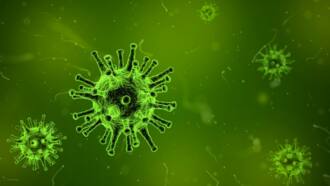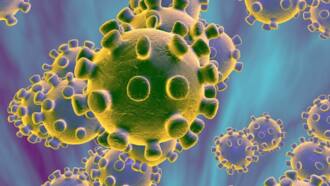What is hantavirus: symptoms, transmission, treatment, prevention
The news about hantavirus killing a man in China came like a shock amidst the progressing Coronavirus pandemic. Social media immediately sparked hysteria about a new potential pandemic overlapping the existing one. It is not a surprise that more and more people want to know what hantavirus is, how it is transmitted and treated, and whether there will be a new pandemic.
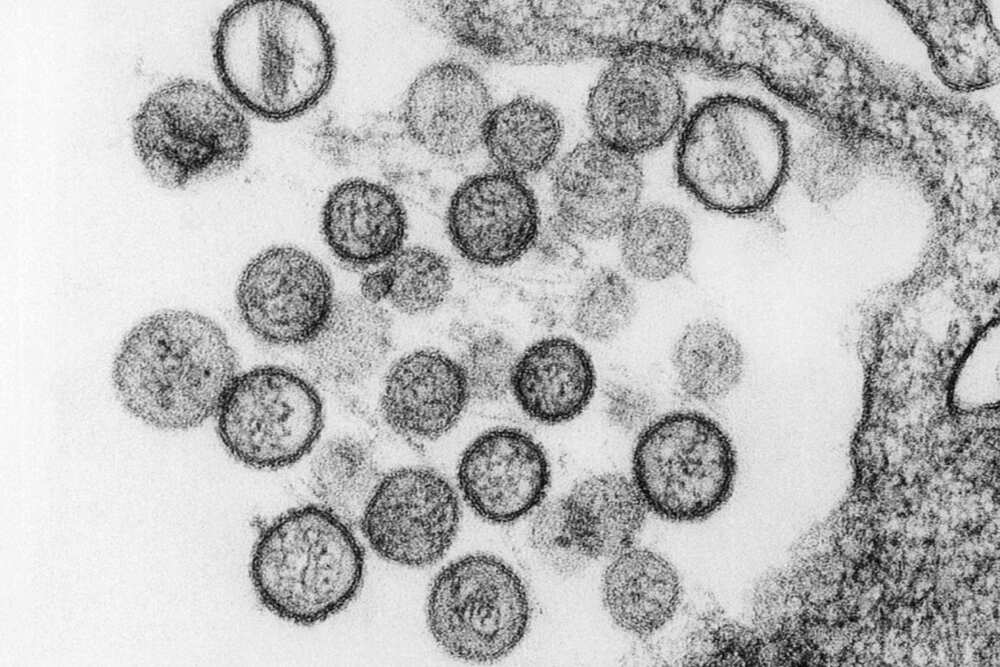
Source: UGC
The hantavirus disease that has reportedly claimed the life of a Chinese man is transmitted from rodents to humans and the type depends on the rodent host. The pathogen gets inside a human body when one inhales tiny particles of rodent droppings, urine or saliva.
What is hantavirus?
Hantaviruses are a group of viruses that rodents carry. Depending on the area and the rodent hosts, the diseases these pathogens cause may vary.
The hantavirus map of the world shows that there two main groups that unite different strains of the pathogen. Each of them has its own natural habitat.
Where is the hantavirus most common?
The so-called ‘New World’ strains that are found in the Americas are the cause of HPS (Hantavirus Pulmonary Syndrome). The ‘Old World’ strains found in Europe and Asia are responsible for HFRS (Hemorrhagic Fever with Renal Syndrome).
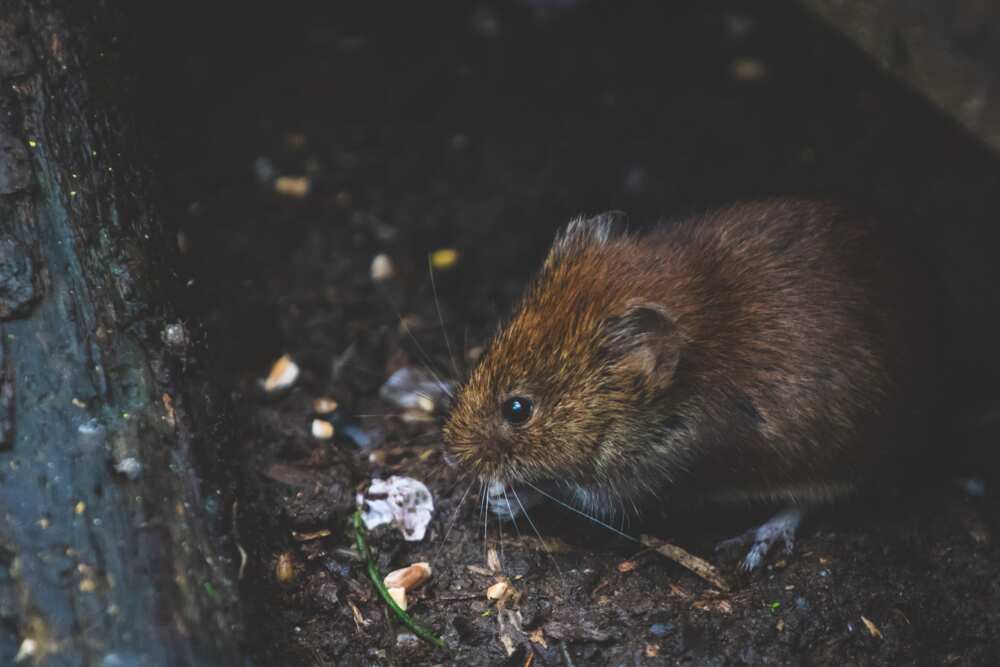
Source: UGC
The number of registered cases in humans is small. For this reason, it is very hard to find out the exact hantavirus incubation period.
As estimated by specialists, it may take 1 to 8 weeks for the very first symptoms to develop after the exposure to the pathogen. Universal hantavirus symptoms in humans include fever, muscle pains, and fatigue.
As a rule, humans contract the virus from infected rodents. However, there have been several cases of proven human-to-human hantavirus transmission in Chile and Argentina.
Those infected were close contacts of a person who had a diagnosed case of the so-called Andes virus. The Andes virus is a separate strain that is native to South American rodents. People contract this pathogen during contacts with infected rodents or their droppings.
The first signs of Andes virus show up within 4 to 6 days after the exposure to the source of infection. While a person has symptoms, he or she may be contagious and transmit the disease to other humans in the course of close contact.
Hantavirus Pulmonary Syndrome (HPS)
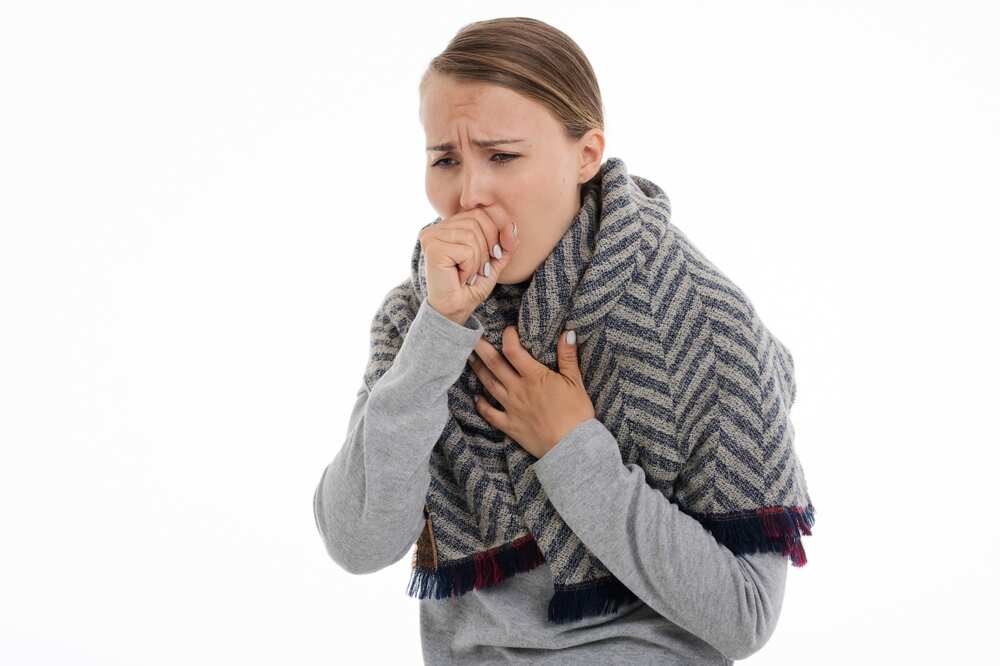
Source: UGC
This disease is rare, quite severe and sometimes fatal. The earliest hantavirus symptom is fever that is often accompanied by headaches, muscle pains, dizziness, chills, and digestion problems such as diarrhoea, nausea, and abdominal pain. The muscle pains are mainly concentrated in the largest muscles, such as hips, thighs, back, and shoulders.
In about ten days from the manifestation of the earliest symptoms, others appear. They include shortness of breath and coughing. One of the HPS survivors described the sensation as something tight around their chest, or a pillow pressed over their face.
These symptoms are a sign of fluid filling the lungs that occurs because the virus affects cells in the walls of tiny blood vessels in one’s lungs. These blood vessels become leaky and let fluid through.
It is rather hard to diagnose the disease at an early stage because it is easy to confuse the hantavirus common symptoms such as fatigue, fever or body aches with flu. A history of recent rodent exposure, however, can help diagnose the disease correctly.
Lab tests are taken to find out whether patients have antigens and whether their blood and tissues contain sequences of the virus RNA.
How is hantavirus transmitted?

Source: UGC
One may contract the pathogen in three different ways.
- When particles of rodent droppings or urine are lifted into the air, and a human inhales them.
- When a human touches rodent droppings or nests and then touches their eyes, mouth or nose with unwashed hands. Also, it is possible to be infected via minor skin injuries when one comes into direct contact with infected materials.
- When an infected rodent bites a human and transmits the virus via its saliva. This mode of transmission is considered to be quite rare, though.
Except for very rare registered cases, HPS is not transmitted between humans.
The types of rodents that carry the virus include cotton and rice rats, deer mouse, and white-footed mouse. Since it is impossible to tell an infected rodent from a healthy one, it is recommended to avoid contacts with any of them and adhere to the rules of hygiene when removing their nests and droppings.
Is there any specific hantavirus treatment?
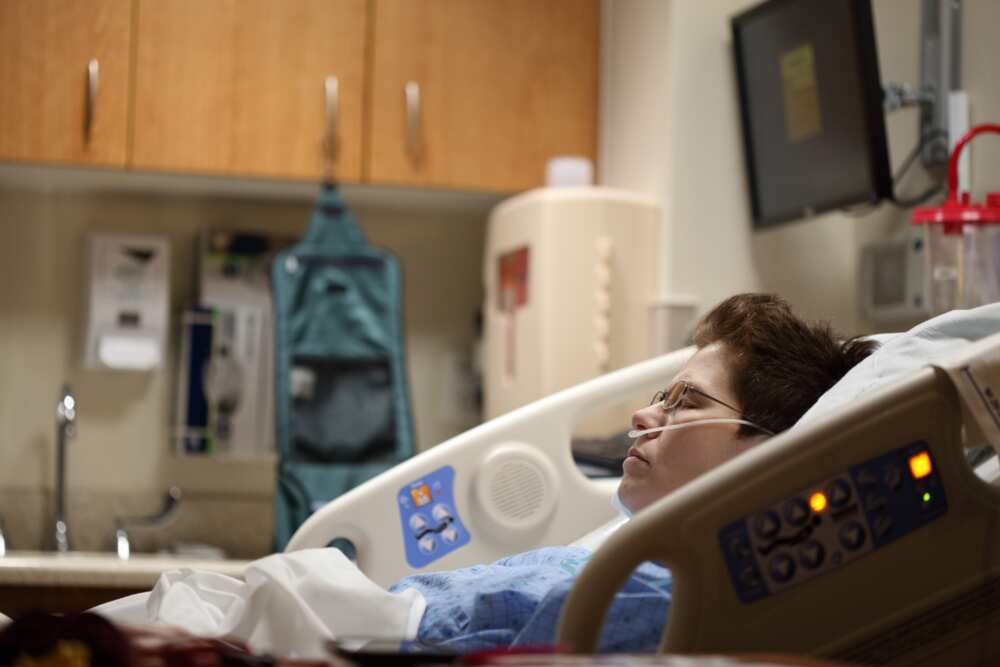
Source: UGC
There is no specific treatment for HPS. Those patients who are diagnosed early should be treated in intensive care. When they develop severe respiratory distress, they should be intubated and given oxygen. Such support will help them through the toughest stage of the disease.
Chances of recovery are higher for those people who are hospitalized early. The later they turn for help, the less effective the mentioned intensive care support may be. The disease has a very high mortality rate of about 38%.
Hemorrhagic Fever with Renal Syndrome (HFRS)
HFRS is a group name for a range of health conditions that are caused by specific hantaviruses. These diseases are different from the health condition one may develop due to American hantaviruses.
The strains that cause HFRS are found in China, Korea, Russia, Scandinavia, western European countries, the Balkans, and central Europe. The Seoul strain can be found worldwide.
The strains that are responsible for HFRS can be found in the striped field mouse, the brown (Norway) rat, the bank vole, the yellow-necked field mouse.
What are the hantavirus signs associated with HFRS?

Source: UGC
It usually takes 1 to 2 weeks for the earliest symptoms to develop. Rare registered cases prove that the first signs of HFRS may appear 8 weeks after the exposure to the pathogen. The earliest symptoms are universal: fever, chills, headache, muscle pains.
Then, abdominal and back pains become very intensive. Nausea also occurs and vision gets blurred. Sometimes, individual symptoms include a rash, eye inflammations, and face flushing.
With time, patients develop low blood pressure, vascular leakage, acute shock, and, finally, kidney failure. The latter condition leads to severe fluid overload.
When the virus attacks the heart, it becomes unable to pump blood as usual. Blood pressure drops and causes a total collapse. Oxygen does not reach inner organs, they begin to fail, and this condition can cause death very quickly.
A lot depends on the strain that causes each individual case of the disease. Asian and Balkan strains cause more severe symptoms. Seoul, Scandinavian and western European strains are milder.
In any case, even with timely medical care, the process of recovery may last for weeks or even months.
Is HFRS-associated hantavirus curable?

Source: UGC
There is no specific treatment for HFRS. Just as with HPS, patients need to be hospitalized as soon as possible and diagnosed correctly. After their tests confirm that they are infected with a particular strain of the virus, they need intensive care and constant observation.
Supportive treatment is the primary hantavirus cure. It is necessary to maintain the proper level of fluids in patients’ bodies and the vital amount of electrolytes, such as chlorine, sodium, and potassium.
Patients must be supplied with oxygen, and their blood pressure must be supported at proper levels. Those patients who develop kidney failure need dialysis to manage fluid overload.
In those cases when the disease was diagnosed very early, ribavirin (an antiviral medicine) showed some effectiveness. It decreased the mortality rate.
HFRS has different figures when it comes to mortality rates. The severest strains have 5 to 15% mortality while the mildest stay below 1%.
Who is at a risk of infection?
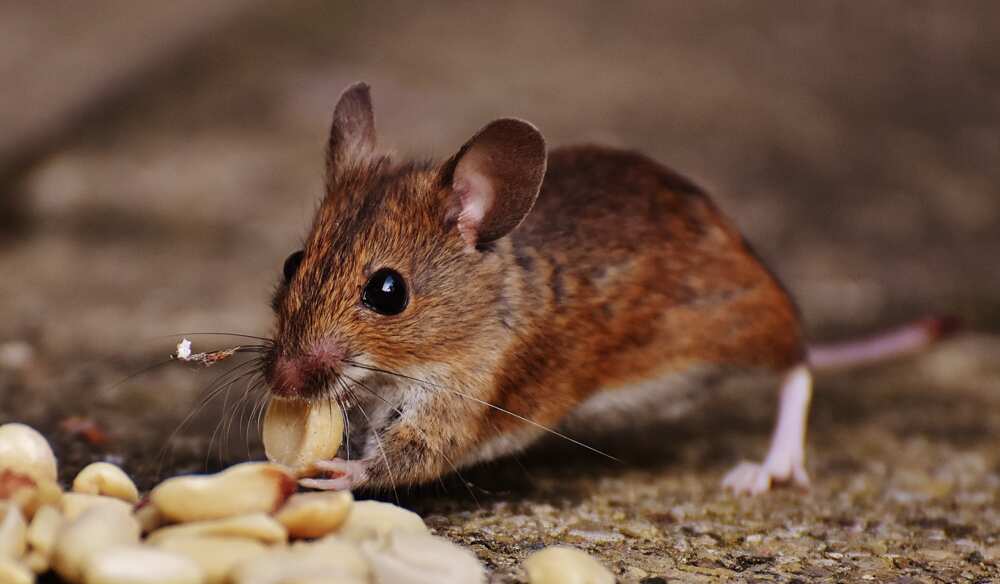
Source: UGC
How common are the diseases it causes? How likely is it to get hantavirus? As was mentioned, these diseases are quite rare.
They mostly affect those people whose activities involve contact with rodents. Inhabitants of rural areas may be exposed to the pathogen directly from rodents in their natural habitat. Pest control workers, cleaners and janitors may also contract the virus.
People who do not work in fields and who are not professional cleaners may also expose themselves to the virus when exploring abandoned premises that can be infested with rats or mice.
Effective hantavirus prevention
The only way to prevent infection is to avoid unprotected contact with rodents, their droppings and nests. It is essential to keep rodents away from where people live or work.
All holes in inner and outer walls of buildings should be sealed up. All food products that can potentially attract rodents should be stored securely.
Will hantavirus cause a pandemic?
On Tuesday, 24 March 2020, a tweet about a Chinese man collapsing on his way to Shandong province from Yunnan was one of the top news of the day.
The man tested positive for hantavirus, but 32 other passengers of the same bus tested negative.
Against the outbreak of coronavirus claiming the lives of more and more people all around the world, this piece of news came as a shock and caused a lot of worries. Speculations about the possible outbreak of this virus spread in mass media very quickly.

Read also
Important info about genetic disorders will help you to save your dearest from severe illnesses
According to usatoday.com, there is no need to worry, though. Its modes of transmission differ greatly from those of coronavirus. It is not so easy to contract it.
Hantavirus is a dangerous pathogen that causes severe health conditions and even death. This is why it should be addressed with the seriousness it deserves.
Source: Legit.ng

